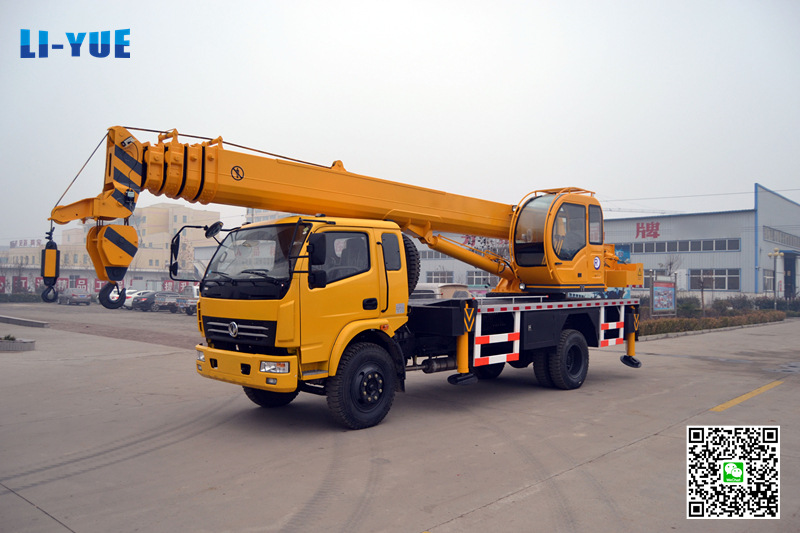Working Principle of Rotating Chassis for 16 Ton Crane

Working principle of 16 ton crane rotating chassis:
As for the working principle of the crane, take the engineering crane as an example: the supporting part of the base includes the chassis which can be driven on the road and the supporting leg of the frame, etc. At the same time, the chassis also provides power for the boarding operation through the central revolving body.
The power of the engine is transferred to the multi-pump group after the PTO output port of the gearbox, and the mechanical energy is transformed into hydraulic energy. Then the hydraulic energy is transferred to the cylinders and motors through the multi-way distribution valve, and the hydraulic energy is transformed into mechanical energy, realizing the linear and rotational action of the executing parts, thus realizing rotation, lifting and telescoping.
Variable amplitude, etc. Or direct use of motors to drive rotary, variable amplitude, lifting and decelerating machines, to achieve the rotary, variable amplitude and lifting of operating devices.
Crane is commonly known as crane, crane is a kind of crane machinery, in a certain range of vertical lifting and horizontal lifting of heavy objects of multi-action crane machinery, belongs to material handling machinery. It is a kind of machine that moves in circles and intermittently. A working cycle includes lifting the object from the fetch device, then moving horizontally to the designated place to drop the object, and then moving backwards to return the fetch device to its original position for the next cycle. Such as fixed rotary crane, tower crane, automobile crane, tire, crawler crane, etc.
Engineering crane is widely used in transportation, oil fields, mines, ports, steel, hydropower, military and various engineering construction industries. It is a very widely used lifting and transportation equipment.